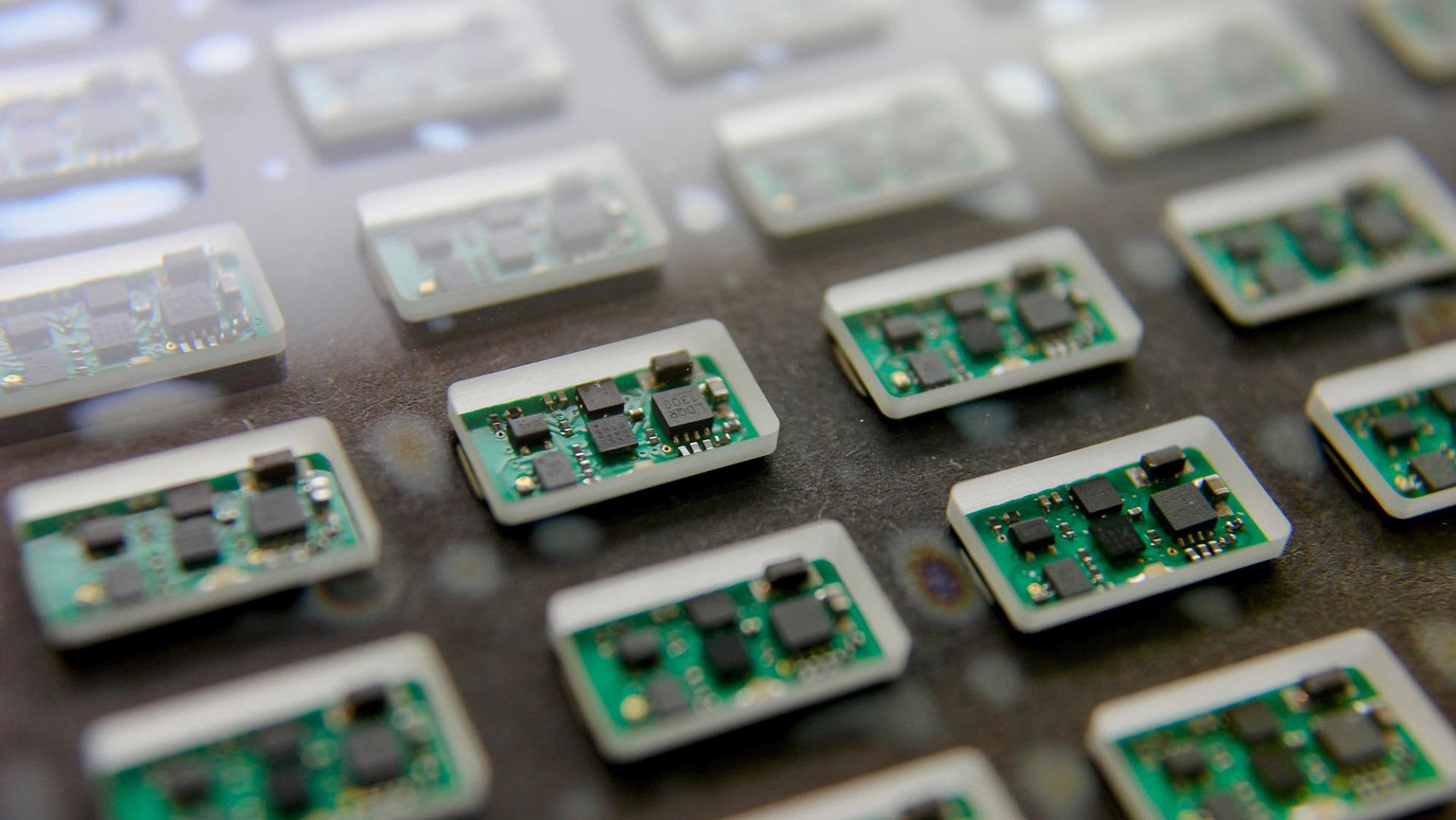
Multiple Sclerosis
Multiple sclerosis (MS) is a disabling disease of the central nervous system that disrupts the flow of information within the brain, and between the brain and body. Common symptoms of MS include weakness of the muscles, difficulty walking, pain and spasticity. Visit the National Multiple Sclerosis Society to learn more.
Researchers at the Texas Biomedical Device Center (TxBDC) have developed a therapy designed to reconnect the brain to the body so that patients are able to fully reengage in life. In our human stroke trials, we were able to dramatically improve recovery compared to rehabilitation alone. The therapy uses stimulation of the vagus nerve during rehabilitation to rewire neural circuits. We call this approach Targeted Plasticity Therapy (TPT). TxBDC researchers are at the forefront of investigations into neuroplasticity and its role in the development of a wide range of therapies for disorders such as tinnitus and chronic pain, stroke, traumatic brain injury, autism, PTSD, Alzheimer’s disease and MS.
Technology To ReWire the Nervous System
TxBDC has developed technology to guide the recovery of arm and leg movements after a brain injury or disease called the RePair System. The RePair System uses sensors worn on the arms and legs to monitor movements and trigger the ReStore vagus nerve stimulator, strengthening specific neural connections. The RePlay System monitors hand movements as patients play games, triggering stimulation of the vagus nerve. These systems allow patients to improve arm and leg movements using an app on their smartphone and can be done at home.
Technology for Upper Limb Rehabilitation
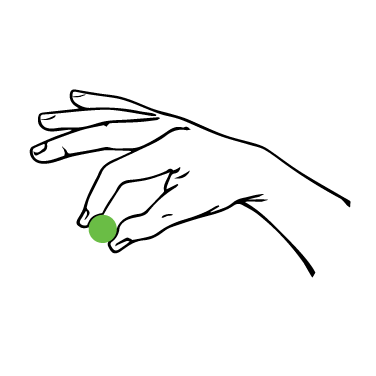
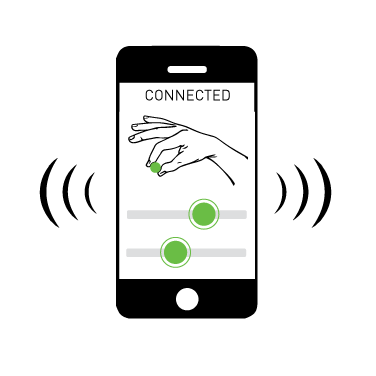
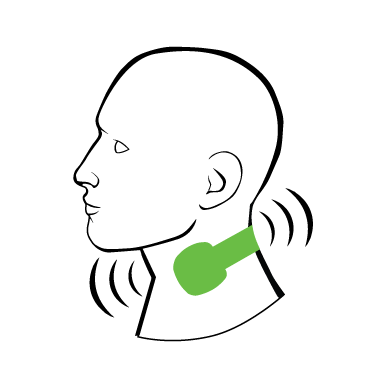
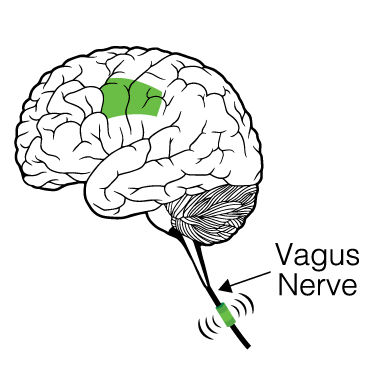
Technology for Lower Limb Rehabilitation
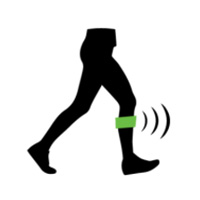
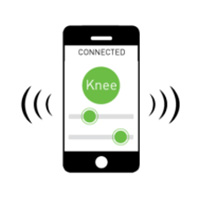
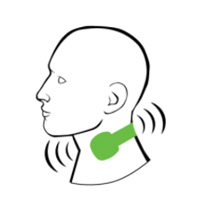
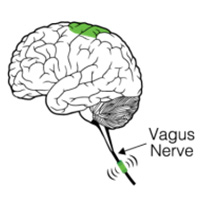
This therapy could be used to restore lost functions. As the patient’s condition improves, a new brain region gains the ability to generate the impaired movement. Vagus nerve stimulation delivered during physical therapy has the potential to drive plasticity, accelerating recovery.
Publications
JAMA Neurology: Retinal Architecture and Melanopsin-Mediated Pupillary Response Characteristics: A Putative Pathophysiologic Signature for the Retino-Hypothalamic Tract in Multiple Sclerosis
Nature Reviews Neurology: Ocular motor signatures of cognitive dysfunction in multiple sclerosis
The Next Step
Our goal is to fund the next phase of Targeted Plasticity Therapy to treat stroke and to dramatically reduce the cost to deliver this therapy to patients.
